British Museum exhibition explores Stonehenge of the sea
- Published

Seahenge was constructed from oak in 2049 BC and was rediscovered in 1998 in the sand at Hunstanton, Norfolk
An ancient wooden monument, known as Seahenge, is one of the key items on loan to the British Museum for a major exhibition on the world of Stonehenge.
The exhibition runs from 17 February to 17 July and aims to explore the history and purpose of the monument.
It will feature 430 objects and artefacts which help to tell the human stories behind Stonehenge.
Nearly two-thirds of the objects are being loaned from across the UK and Europe.
Seahenge emerged most recently on a Norfolk beach in 1998 as a large upturned tree stump surrounded by 54 wooden posts.
The 4,000-year-old structure comes to the British Museum from the Norfolk Museums Service and it is the first time it has been loaned out.
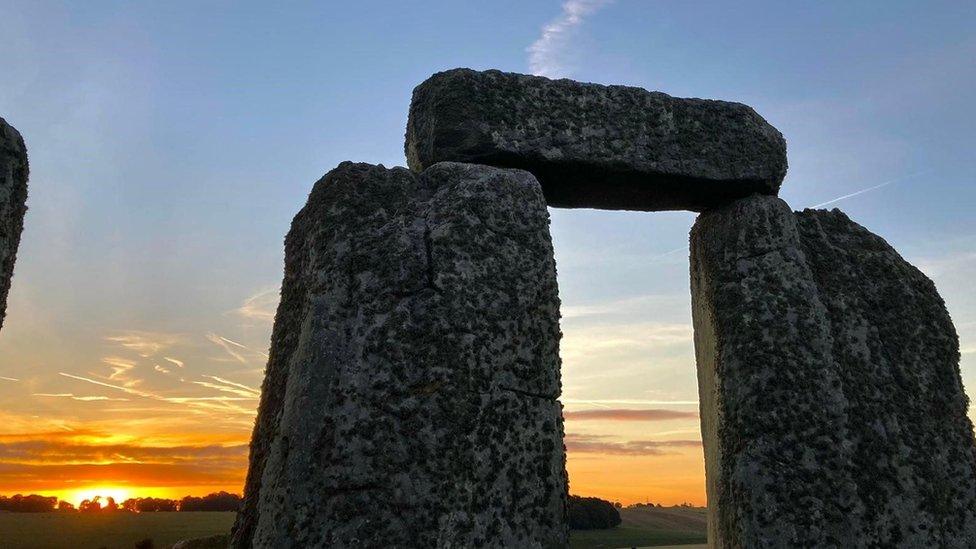
Stonehenge in Wiltshire is a World Heritage Site
Dr Jennifer Wexler, curator of the exhibition, said relatively little was known about what it would have been used for.
"If Stonehenge is one of the world's most remarkable surviving ancient stone circles, then Seahenge is the equivalent in timber.
"But as it was only rediscovered in 1998, it is still relatively unknown.
"By displaying Seahenge in this exhibition we hope to bring it to a wider audience, and it provides an unparalleled opportunity to time-travel back to the moment when circles of stone and timber were at the heart of people's beliefs," she said.
Stone axes from the north Italian Alps, gold jewellery and early examples of metalwork including the oldest surviving map of the stars, called the Nebra Sky Disc, will also be on show.

Follow BBC West on Facebook, external, Twitter, external and Instagram, external. Send your story ideas to: bristol@bbc.co.uk , external
Related topics
- Published2 July 2014
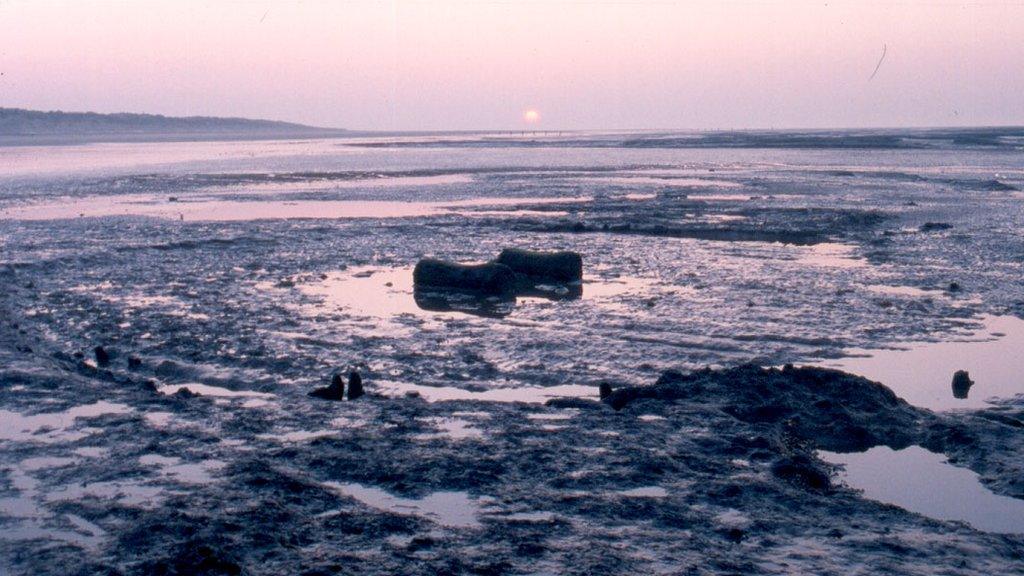
- Published1 December 2021

- Published13 October 2021
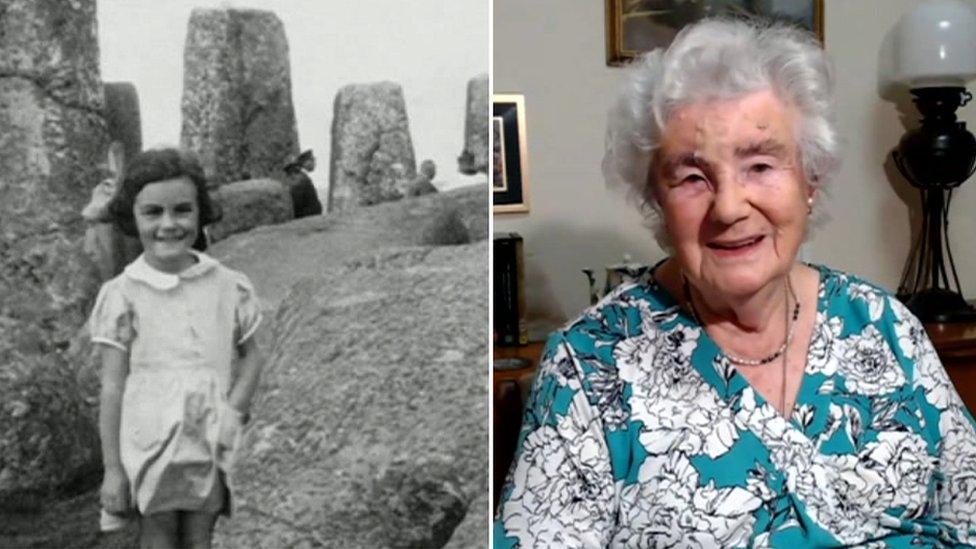
- Published23 September 2021
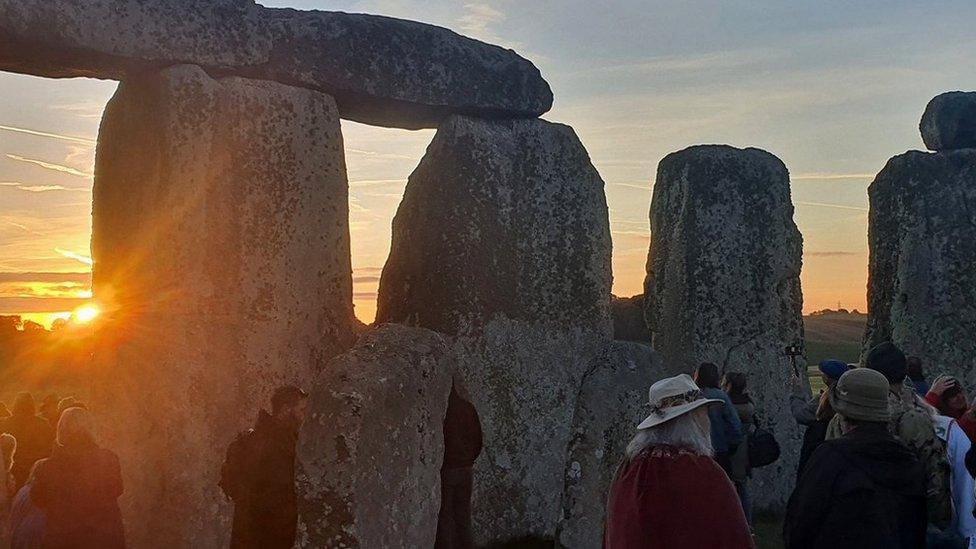
- Published3 August 2021
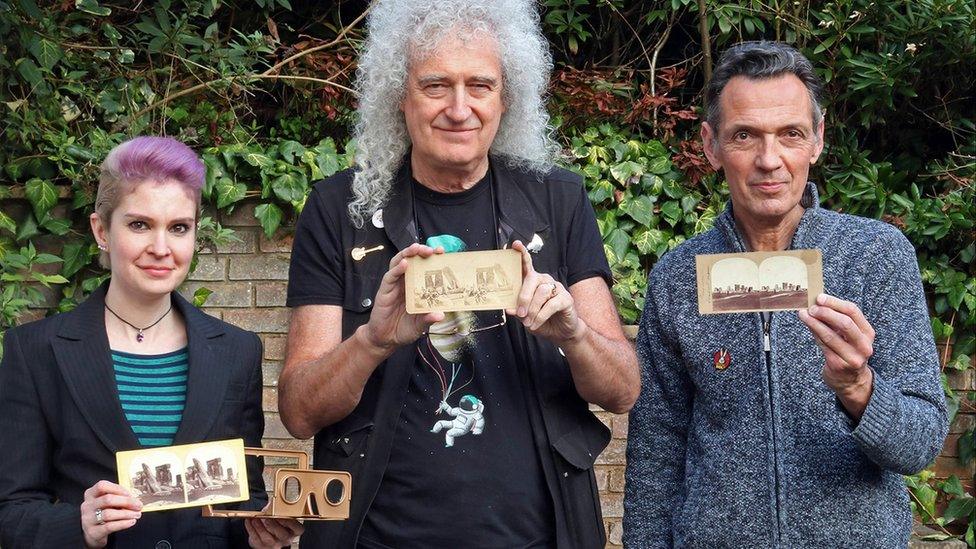
- Published6 July 2021
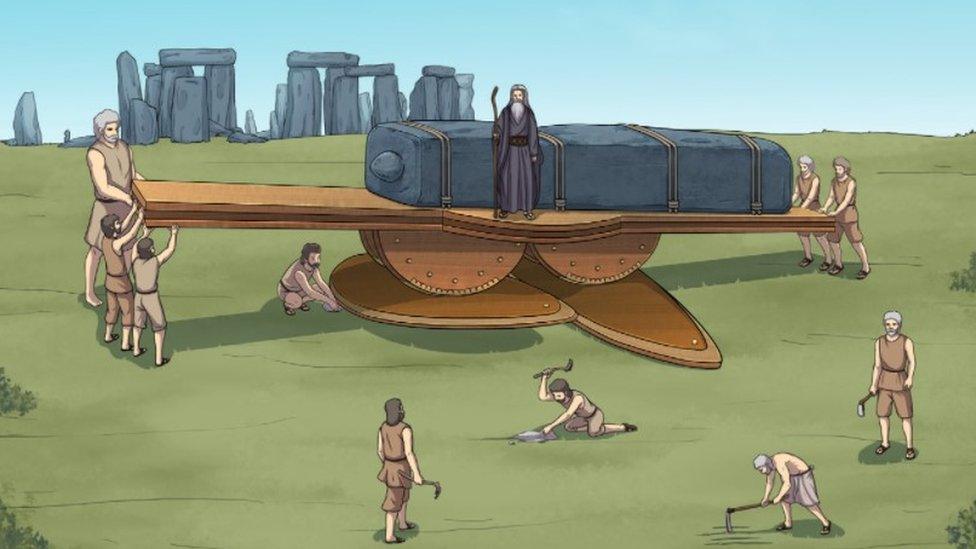
- Published1 December 2021
